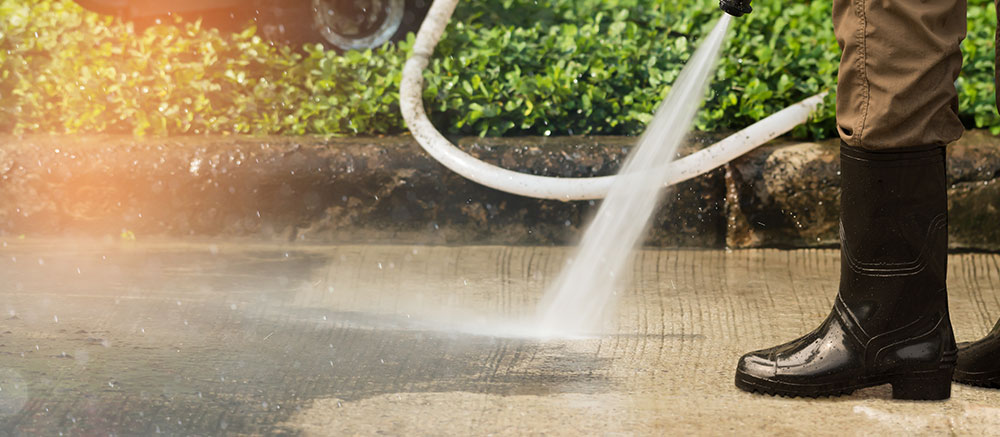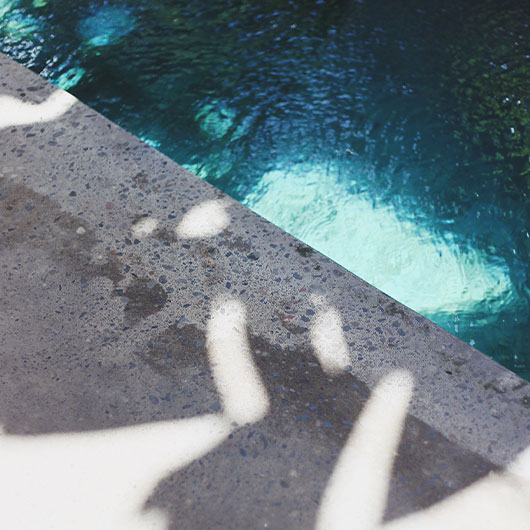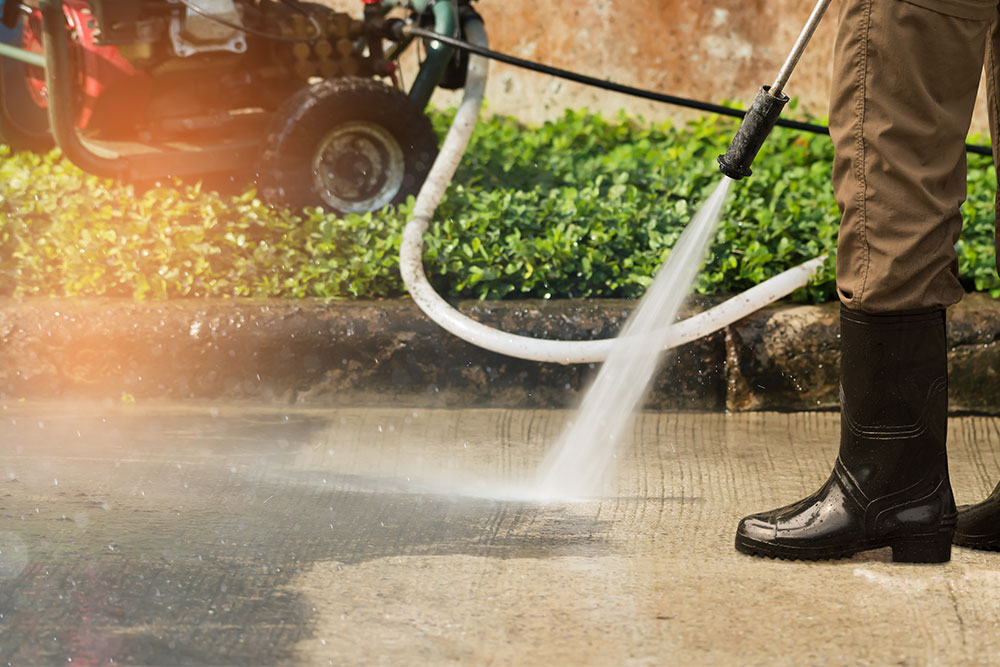Concrete floors are easy to clean, unlike other flooring materials. For instance, if you have a wooden or laminated surface, it is not advisable to use a wet mop. It would cause the material to swell. But concrete floors are not only durable but undemanding, as well. If you treat them properly, they can last for a long time.
But “undemanding” does not mean “maintenance-free.” The benefit of concrete is that it does not require a lot of cleaning and maintenance because there are no grout lines or joints. Unlike carpets, concrete floors do not have fibres that can trap dirt. When the floor is correctly sealed, it can resist abrasion, water, and stains. Muddy paws and pet accidents can efficiently be dealt with.
For years, concrete has been used outdoors, such as for patios, driveways, and garages. These days, however, it has become a popular material for table tops and indoor flooring. Cleaning outdoor concrete flooring is quite different when you work with indoor concrete floors. Here’s how you can clean concrete floors properly:
-
- Wear goggles and gloves.If you plan to do a thorough cleaning, you should wear proper gear. You could inhale some particles, or they could irritate your eyes. Gloves will also protect your hands if you need to handle some cleaning solutions.
- Sweep the floor first.You want to be sure that the surface is free from dirt. Outdoor floors are naturally grimier than indoor floors. You may need to use a hard brush to get rid of any surface dirt. Other options include vacuum and dust mop. Sweeping does not just clean the surface but also helps prevent any scratches that can appear due to dirt and grit.Make sure that you do not use a metal-bristle brush – ever. It has metallic fibres that can get trapped on the concrete surface. They are usually undetectable until they begin to rust.
- Look for stains.Concrete is indeed fairly resistant to most stains. However, some blemishes can stick. Concrete is porous, which means it can soak up spills and dirt. This step is crucial if you will work in a large area. Unless you want to start scrubbing the entire space, you can just look for floor stains to save time and effort.
- Use the appropriate cleaning solution.Before you begin using any cleaner, you should first know the type of concrete finish you have. This way, you will know what to use and avoid. For instance, if you have sealed concrete, it is typically coated with silicates, urethanes, or acrylic resins. Therefore, it is nonporous compared to unsealed concrete, which is not recommended for garages and driveways.You can remove stains from concrete using specific products. There are several options, including:
- Commercial solutions, such as bleach and ammonia (Make sure you NEVER mix these two)
- A pH neutral cleaner, especially if you have a type of decorative concrete flooring
- Natural solutions, such as hydrogen peroxide and flour (Mix together)
- Trisodium phosphate (TSP) and water
- Muriatic acid
If you are dealing with the toughest of stains, go for muriatic acid. It can remove dried grout or rust. Be careful when using this product, however. It is highly toxic and potent, so be sure to protect your eyes and hands.
You should only use muriatic acid on stained outdoor concrete. It is not advisable for indoor concrete, especially floors that have been stamped or polished. If you have these types of concrete flooring, cleaning is easy. Just use a mop and a bucket of water. You can add a mild cleaner to get rid of dirt and bacteria.
Aside from muriatic acid, you should never use other highly acidic substances, such as bleach and ammonia on polished concrete. Instead, you can go for milder floor cleaners, such as liquid dish detergents, Castile soap, and stone cleaners. Mix the solution with water for a milder effect. Never go for harsh cleaners. While they can get rid of dirt, they can also break down the sealant.
You can then use a wet mop as you apply the cleaner on the floor. Usually, you only have to rinse the floor with a clean mop.
For regular cleaning, just spray the surface with water and detergent. Use a stiff brush to scrub the floor and spread the solution. You can immediately rinse using a wet mop.
- Start scrubbing.In most situations, you only have to use a brush to get rid of the stain and dirt. If you opt for trisodium phosphate with water, you can use a nylon bristle brush. The combination will remove tough stains. Scrub the stained area until you see that the blemish is gone. Follow it up with step #6.
- Once the stains are almost gone, you can now blast the grime away.Use a hose or a pressure washer to remove the products you applied for the cleaning process. You may want to do this step in the afternoon. The sun can dry up the floor faster.A pressure washer is the easiest way to clean the surface of your concrete floor. It does not have to be a powerful one. Move the wand from side to side, as if you are mopping.
- Let the surface dry.The waiting time will depend on the method of cleaning you used. Some cleaning products may require you to leave them on the surface overnight. It means you cannot use that space until that time. It is why you should plan the cleaning process, including its schedule.For instance, you should avoid driving your car along the driveway if you plan to clean it. If you use a solution that should remain on the surface overnight, it means you cannot use the driveway until you rinse the product off.
Often, removing stains requires you to let the product or solution sit for several hours. For example, you use a mixture of flour and hydrogen peroxide to remove stains. Once it has reached the consistency of peanut butter, you can spread over the floor. You will need to let it dry on the surface for at least 12 hours before scraping it with a scraper tool. Make sure you only use a plastic-edged tool and not a metallic one.
- Sweep the floor again.Once the floor is dry, you may want to do a final sweep. You can skip this step if you are confident there’s no dust on the floor.You can prolong the ability of your concrete floor from resisting stains. The technique is quite simple. All you need to do is to apply a concrete sealant once every two to three years. You can have a professional do this task for you, or you can do it on your own. If you plan to DIY, you can use a paint roller and begin in the middle area. Carefully roll the sealant and spread it out to the edges. Ensure you have the surface cleaned and primed before resealing.
Follow these steps to clean outdoor concrete floors in your workshop, garage, patio, or anywhere else. If you have a polished concrete floor, you mostly have to just dust mop it regularly. For stains, use a pH neutral cleaner, which will not dull the sealant.








